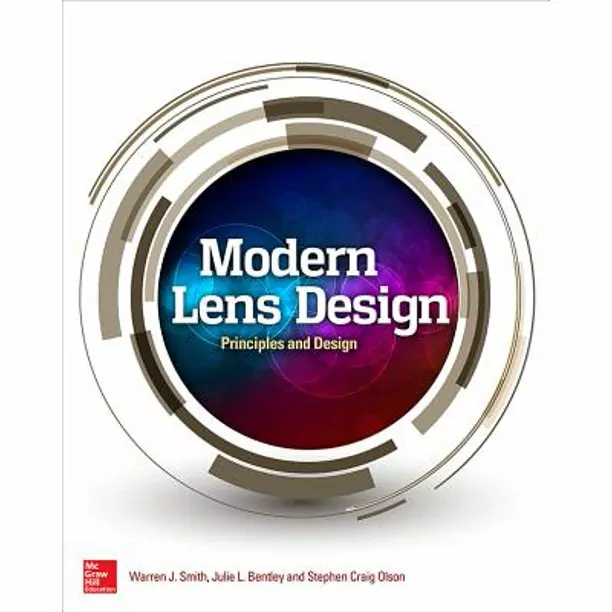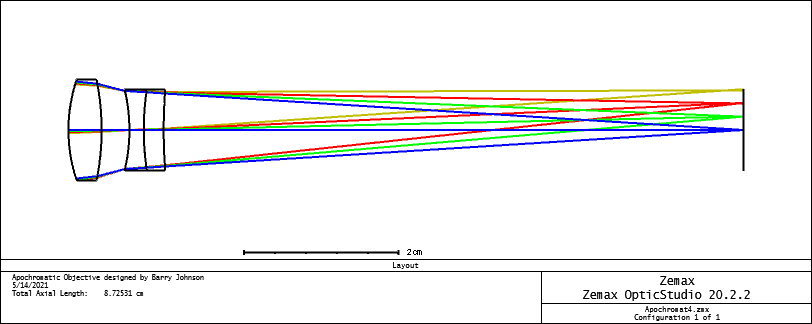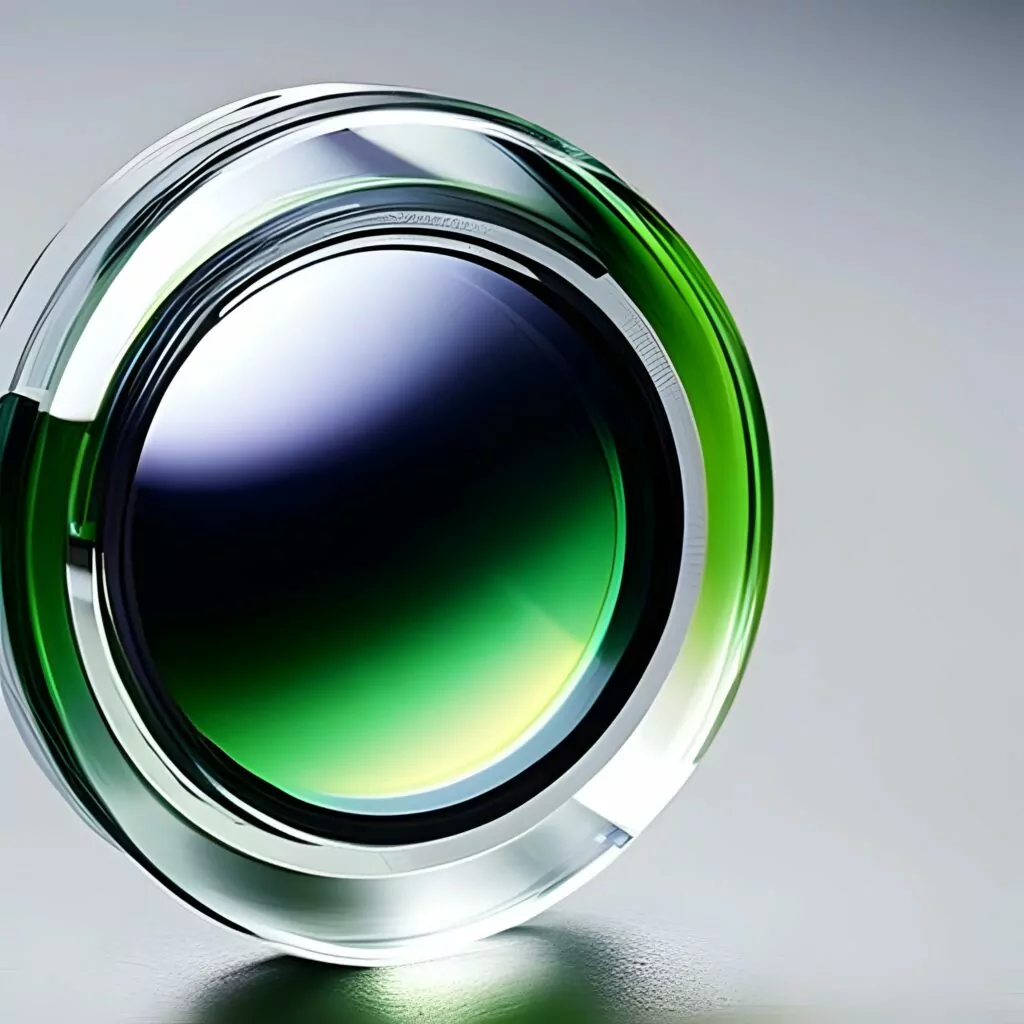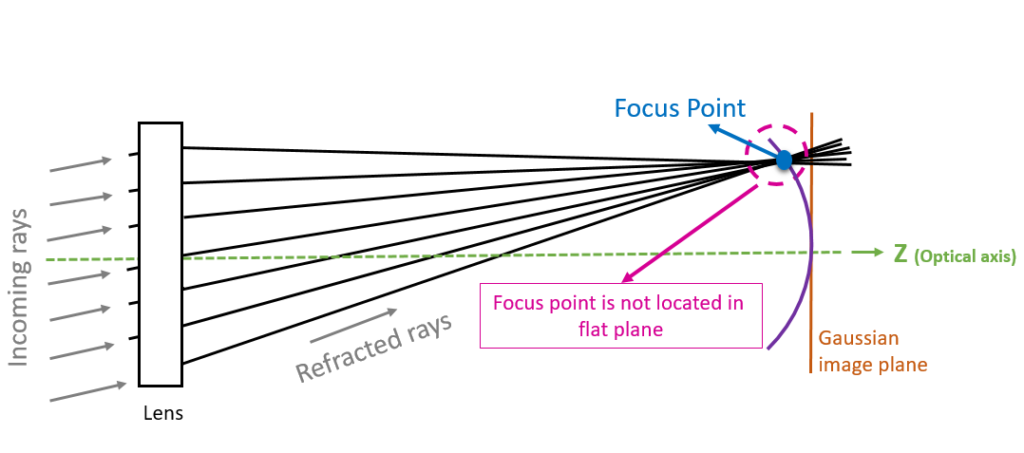Calcium Fluoride Glass: An Overview

The choice of glass is a fundamental part in the optical design process. This is especially true for IR and thermal optics materials. In this article, we will review Calcium Fluoride (CaF2), an interesting glass that has a wide range of applications. Before we start, let’s look at the transmission window for CaF2 (Figure 1). […]
Top 12 Resources for Mastering Lens Design: A Comprehensive Guide

Introduction Lens design is undeniably a complex and challenging field of study, characterized by its intricate blend of physics, mathematics, and engineering principles. Becoming a truly proficient lens designer isn’t merely a matter of acquiring theoretical knowledge; it necessitates years of hands-on practical experience and a keen understanding of how to apply theoretical concepts to […]
Advanced Apochromatic Lens Design for Exceptional Imaging Quality

In an achromatic lens design, we optimize such that two wavelengths, usually red (590nm) and blue (495nm), focus on the same image plane. This is done to reduce chromatic aberration. In this article, we’ll talk about a similar design type called an Apochromatic lens design. What is an apochromatic lens? The goal of the apochromatic […]
Powering advanced optical design with liquid lenses

Liquid lenses, are a type of optical lens that have a tunable focal length by shaping a liquid electronically. These lenses can be based on voice coil actuation, or based on electrowetting technology, which involves manipulating the surface tension of a conductive liquid droplet by applying an electric field. The core component of an electrowetting-based […]
Mastering Relay Lens Design: Enhancing Optical Systems | OFH

Introduction Optical relays, an integral component of various optical systems, play a crucial role when the user’s proximity to the observed object is limited or when specific image transformations are required. A prevalent example of this is found in relay lenses, often employed in scenarios where physical closeness to the object is impractical, as seen […]
The Role of F-theta Lenses in Laser Scanning

Introduction to f-theta Lenses In the landscape of optical systems, the introduction of f-theta lenses is an important chapter, offering a solution to the challenges posed by traditional lenses in laser scanning applications. As laser technology becomes more prevalent in applications from engraving to intricate material processing, the need for precision and consistency in focused […]